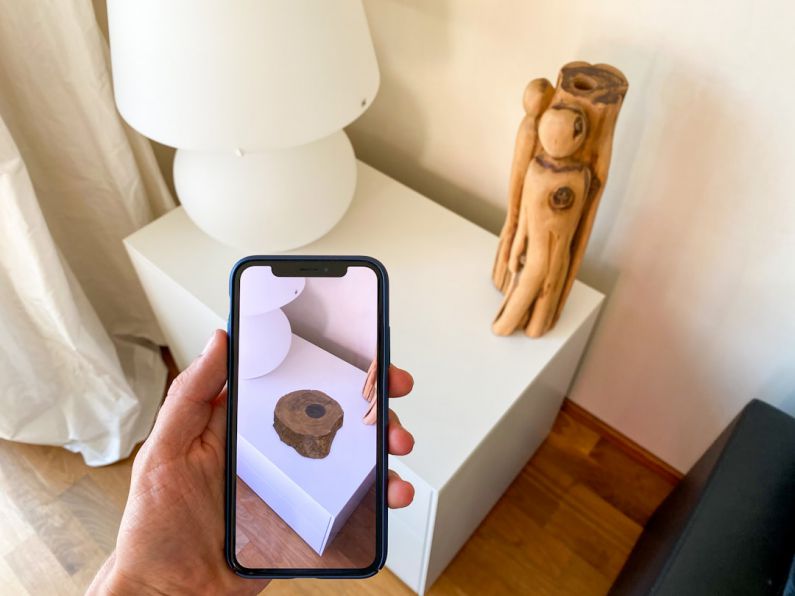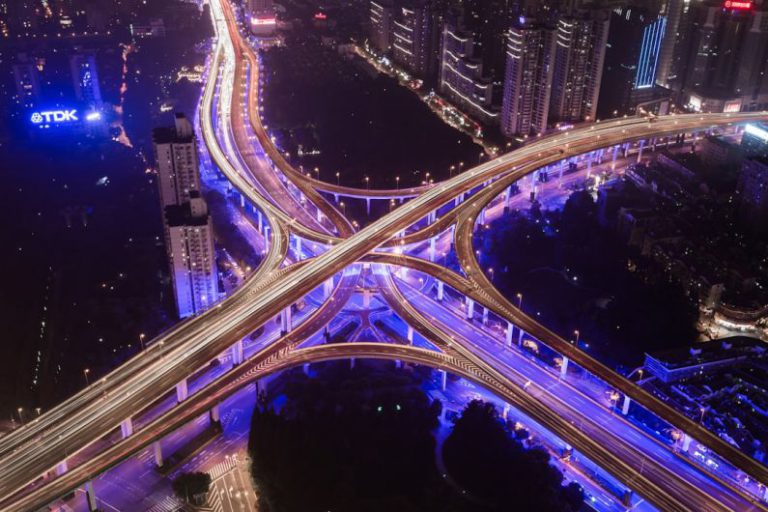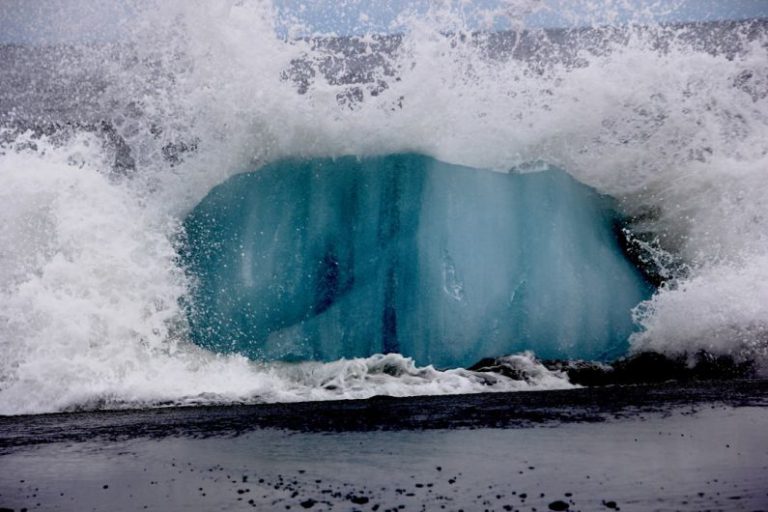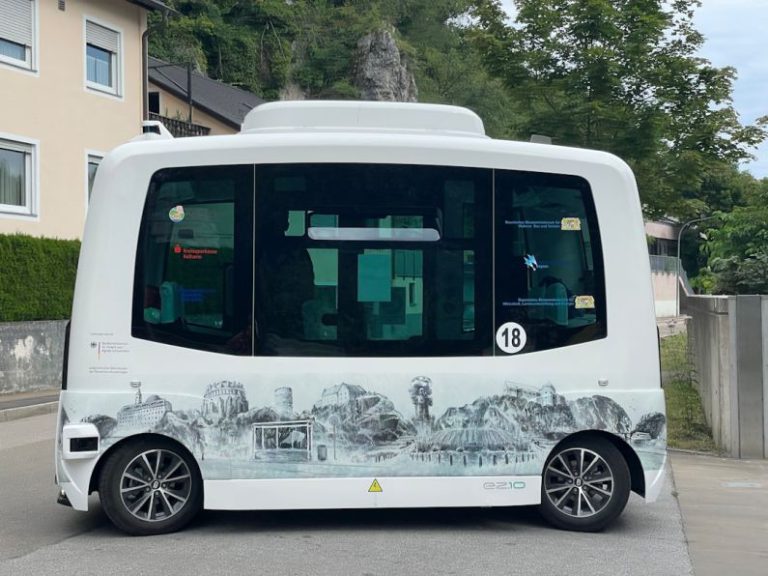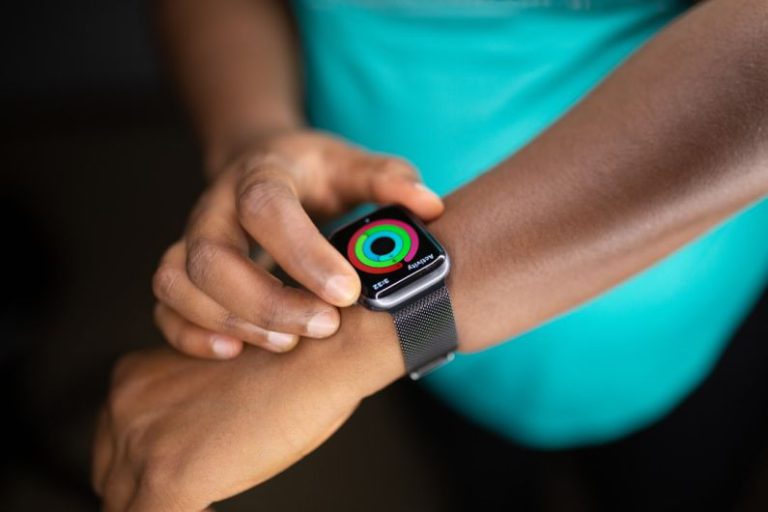How Augmented Reality Is Changing the Creative Landscape
Augmented Reality (AR) has rapidly become a transformative technology in the creative industry, offering artists, designers, and creators innovative ways to engage with their audiences. By overlaying digital content onto the real world, AR has opened up a new realm of possibilities for storytelling, immersive experiences, and interactive art installations. This article delves into how augmented reality is revolutionizing the creative landscape and pushing the boundaries of traditional artistic expression.
**Augmented Reality in Art**
One of the most significant impacts of AR in the creative field has been its integration into the world of art. Artists are now leveraging AR technology to breathe life into their artworks, allowing viewers to interact with pieces in ways never before imagined. Traditional static paintings and sculptures are being transformed into dynamic, multi-dimensional experiences through AR apps and devices. This fusion of physical and digital elements has created a new medium for artists to explore and experiment with, blurring the lines between the real and the virtual.
**Enhancing User Engagement**
AR has revolutionized how creators engage with their audiences, offering a more immersive and interactive way to experience content. Brands and marketers are increasingly utilizing AR to create engaging campaigns that captivate consumers and drive brand awareness. By incorporating AR elements into advertisements, product packaging, and promotional materials, companies can provide customers with unique and memorable experiences that leave a lasting impression. This interactive approach not only increases user engagement but also sets brands apart in a crowded marketplace.
**Transforming Design and Architecture**
In the realm of design and architecture, AR is revolutionizing the way professionals conceptualize and present their projects. Architects can use AR to visualize building designs in real-time, allowing clients to walk through virtual models and experience spaces before they are built. Interior designers can overlay digital furniture and decor onto physical rooms, giving clients a preview of how different design elements will look in their space. This technology not only streamlines the design process but also enhances communication between designers and clients, leading to more informed decision-making and better outcomes.
**Education and Learning**
AR is also making waves in the field of education, offering students immersive and interactive learning experiences that go beyond traditional methods. By incorporating AR into textbooks, educational apps, and classroom activities, educators can bring subjects to life in a way that engages students and enhances their understanding. From virtual field trips to interactive simulations, AR technology is revolutionizing how students learn and retain information, making education more engaging and effective.
**The Future of Augmented Reality**
As AR continues to evolve and become more accessible, the creative possibilities are endless. From art installations and exhibitions to interactive experiences and storytelling, AR is reshaping the way we interact with the world around us. As creators continue to push the boundaries of what is possible with this technology, we can expect to see even more innovative and immersive experiences that challenge our perceptions and redefine the creative landscape.
**Innovating Creativity with Augmented Reality**
In conclusion, augmented reality is not just a tool for enhancing existing creative practices; it is a catalyst for innovation and experimentation across various disciplines. The integration of AR technology into the creative landscape has unlocked new avenues for expression, engagement, and storytelling, pushing artists, designers, and creators to explore the boundaries of their craft. As AR continues to evolve and mature, we can only imagine the exciting new ways in which this technology will shape the future of creativity.
